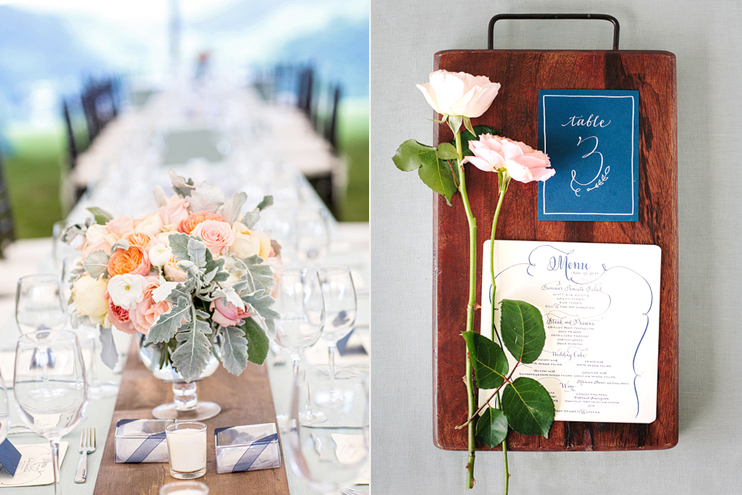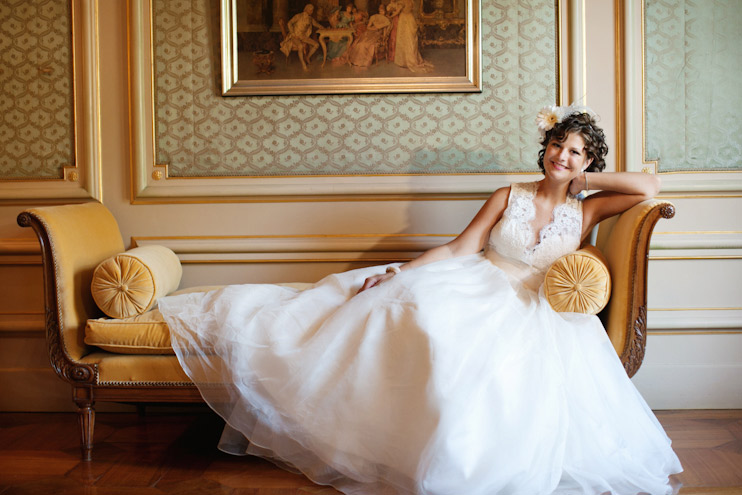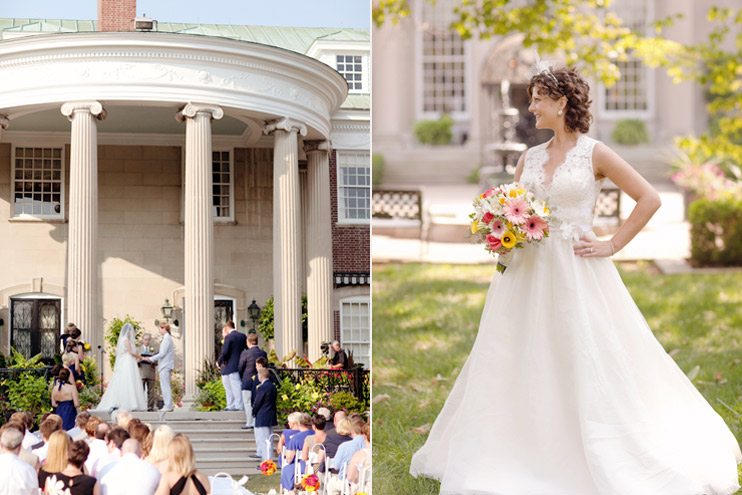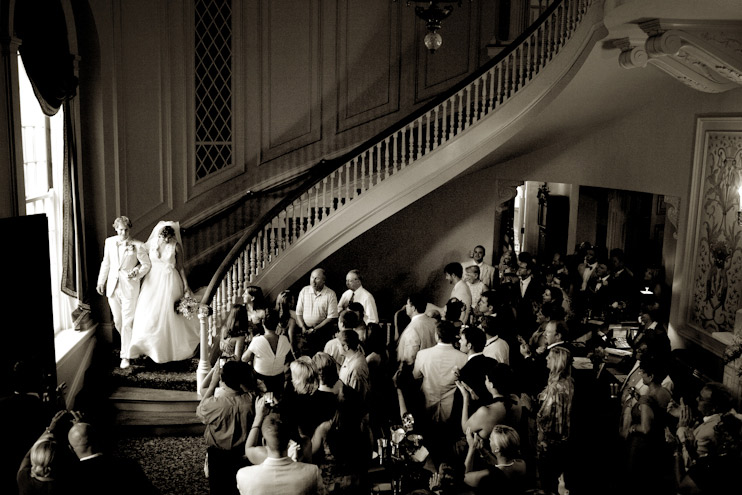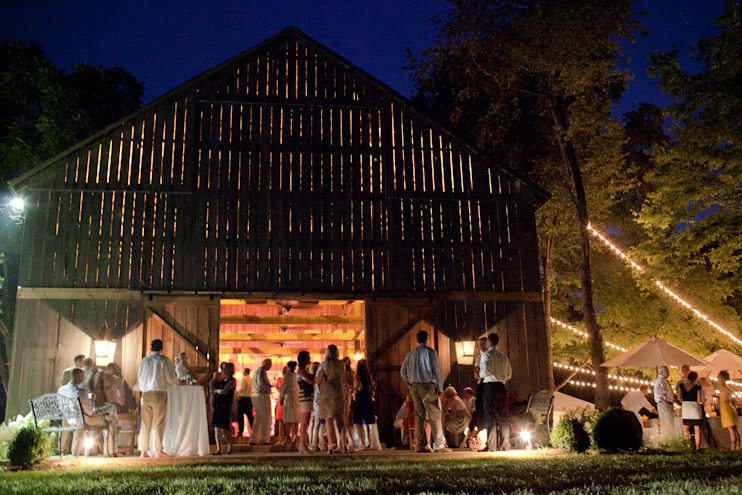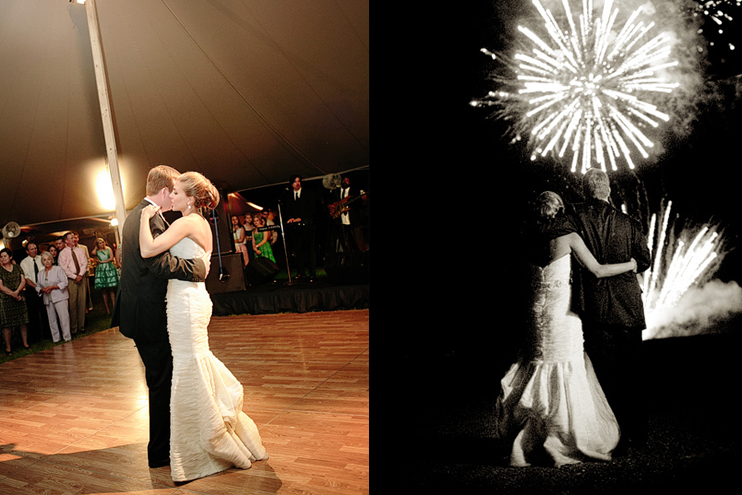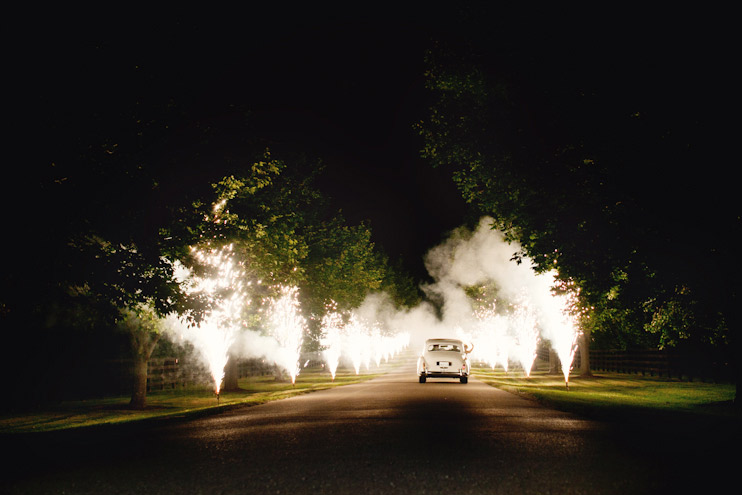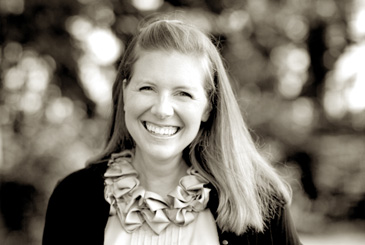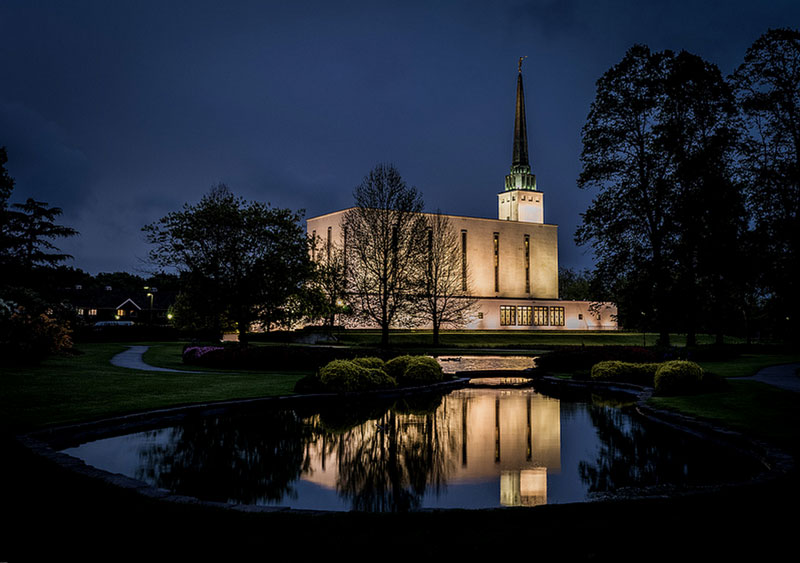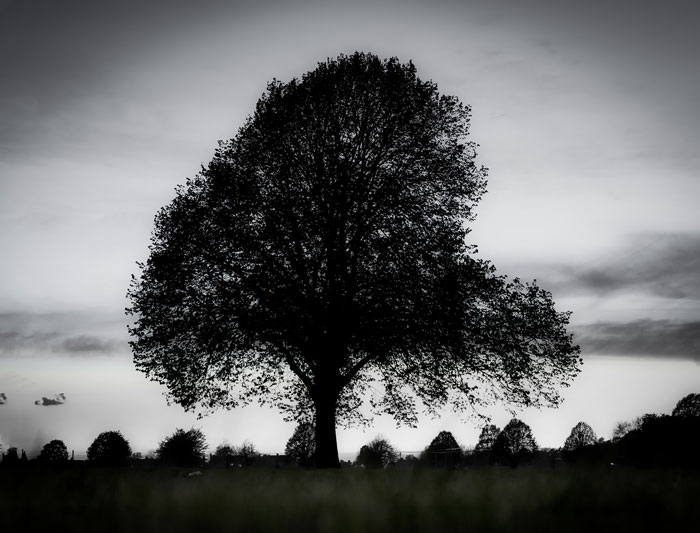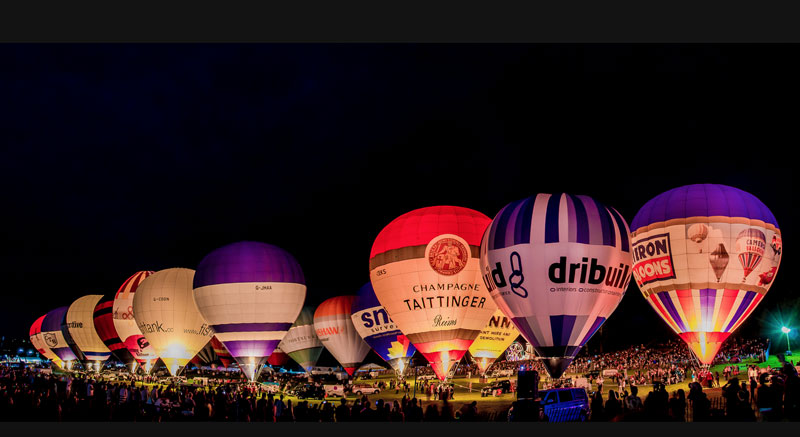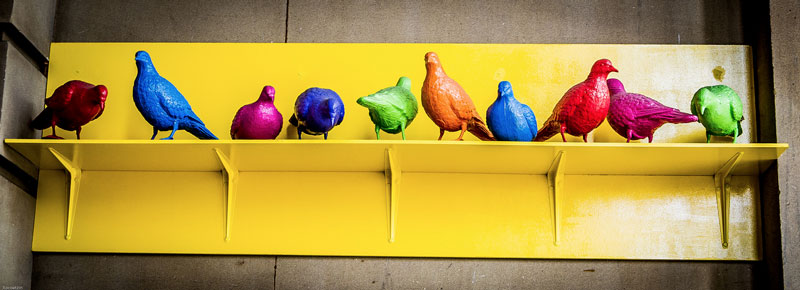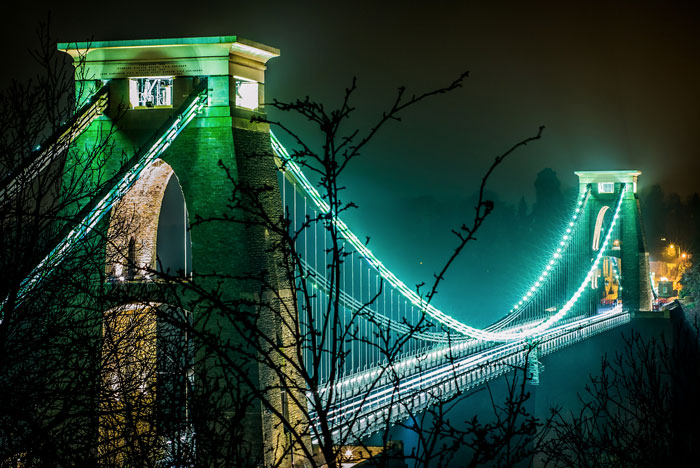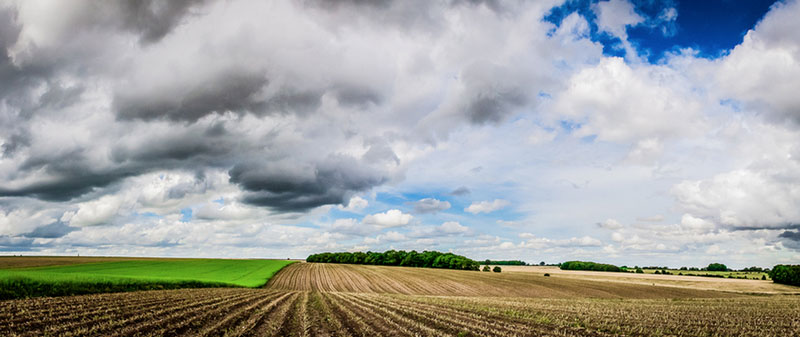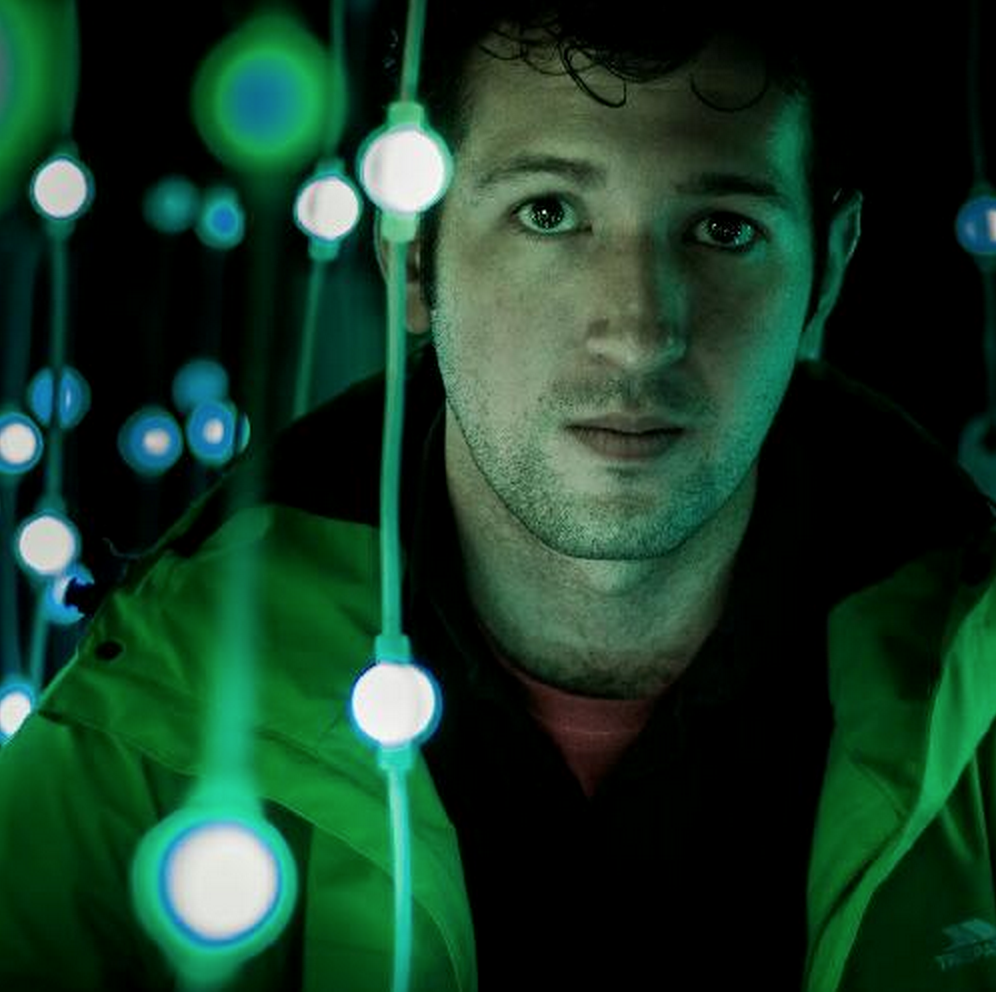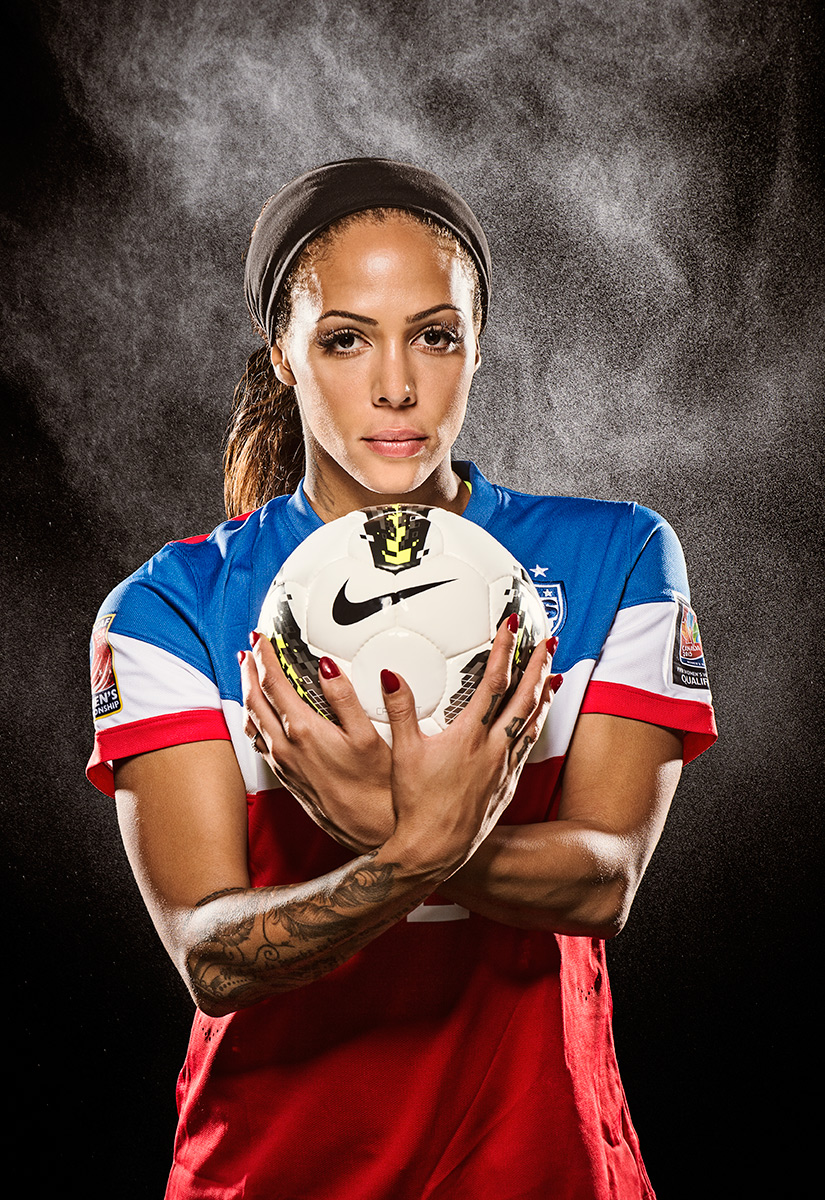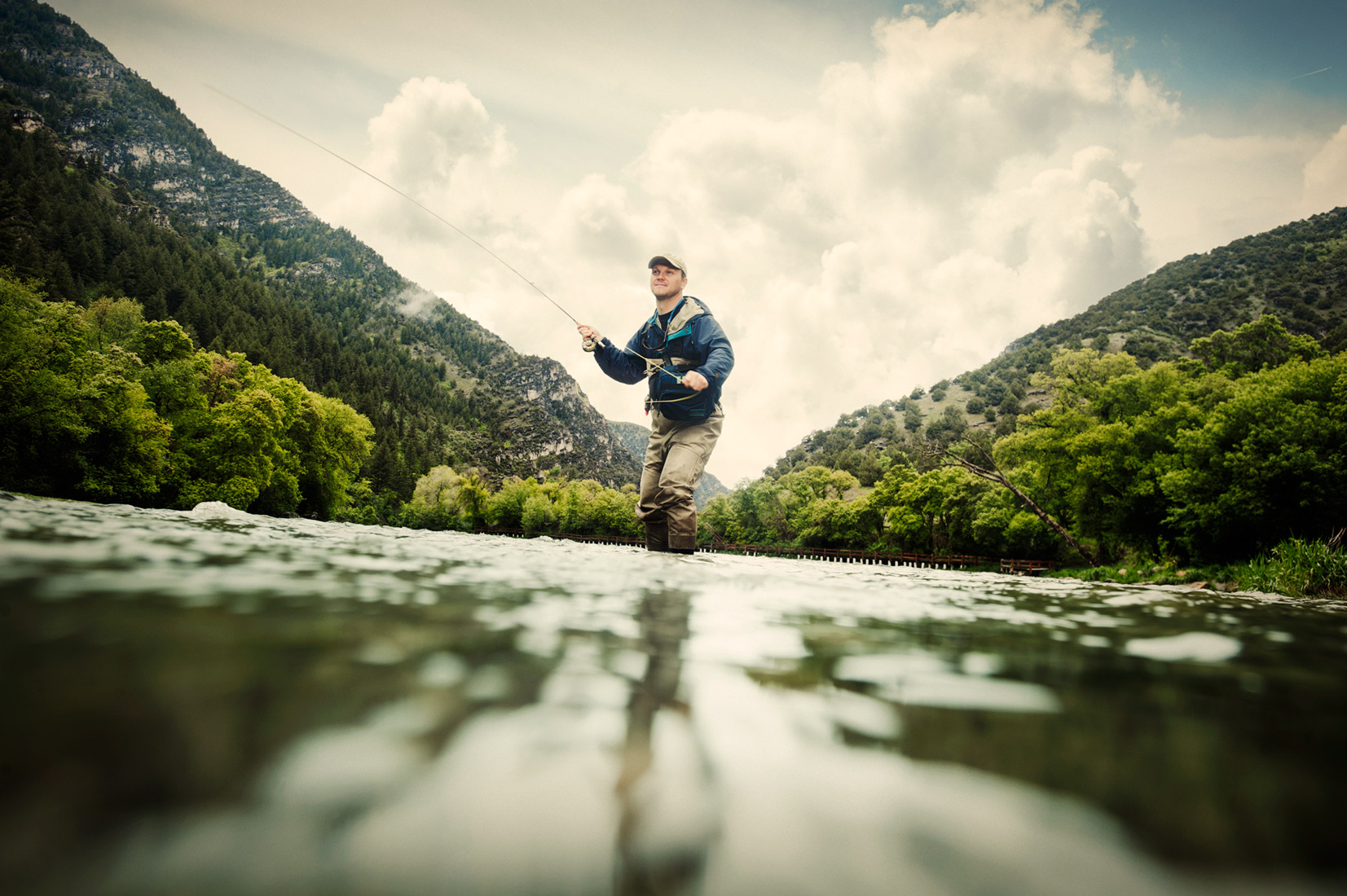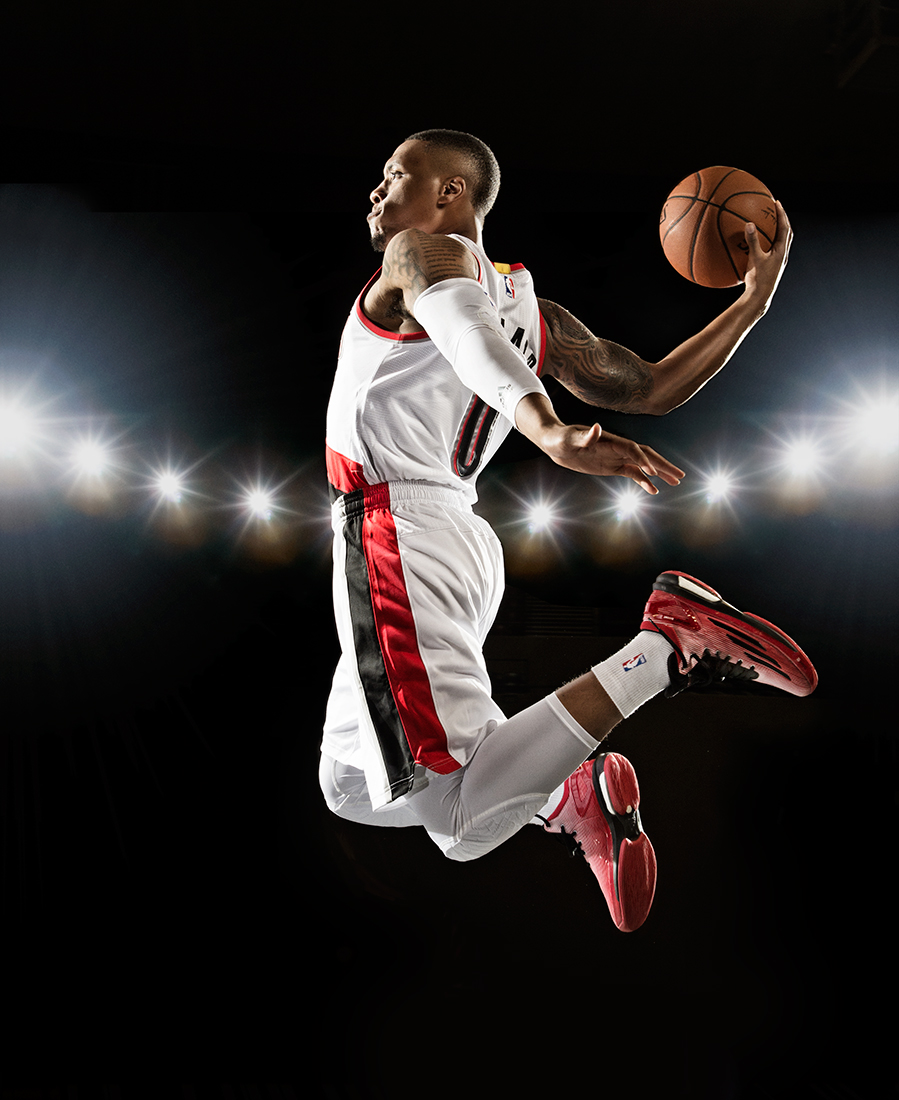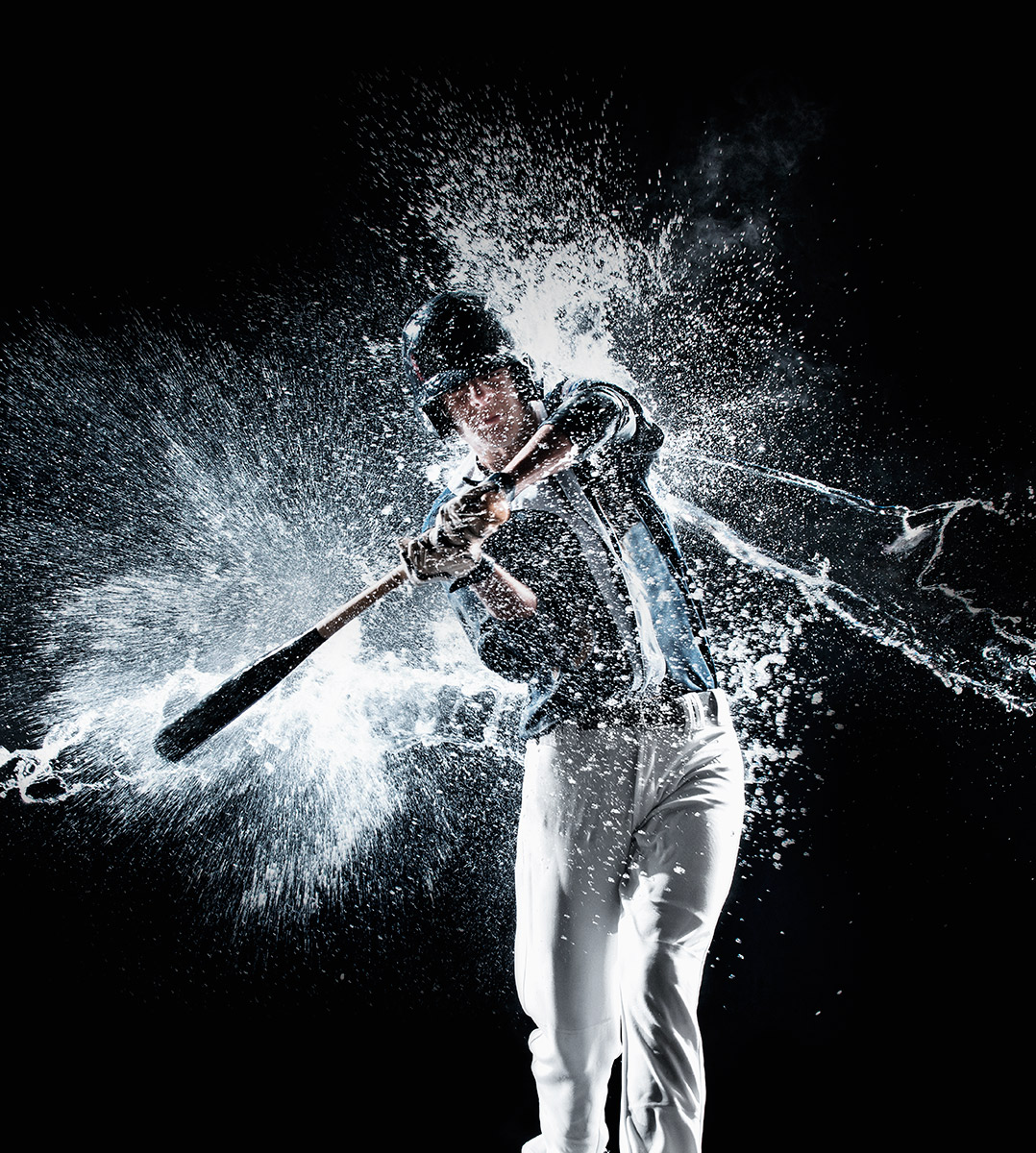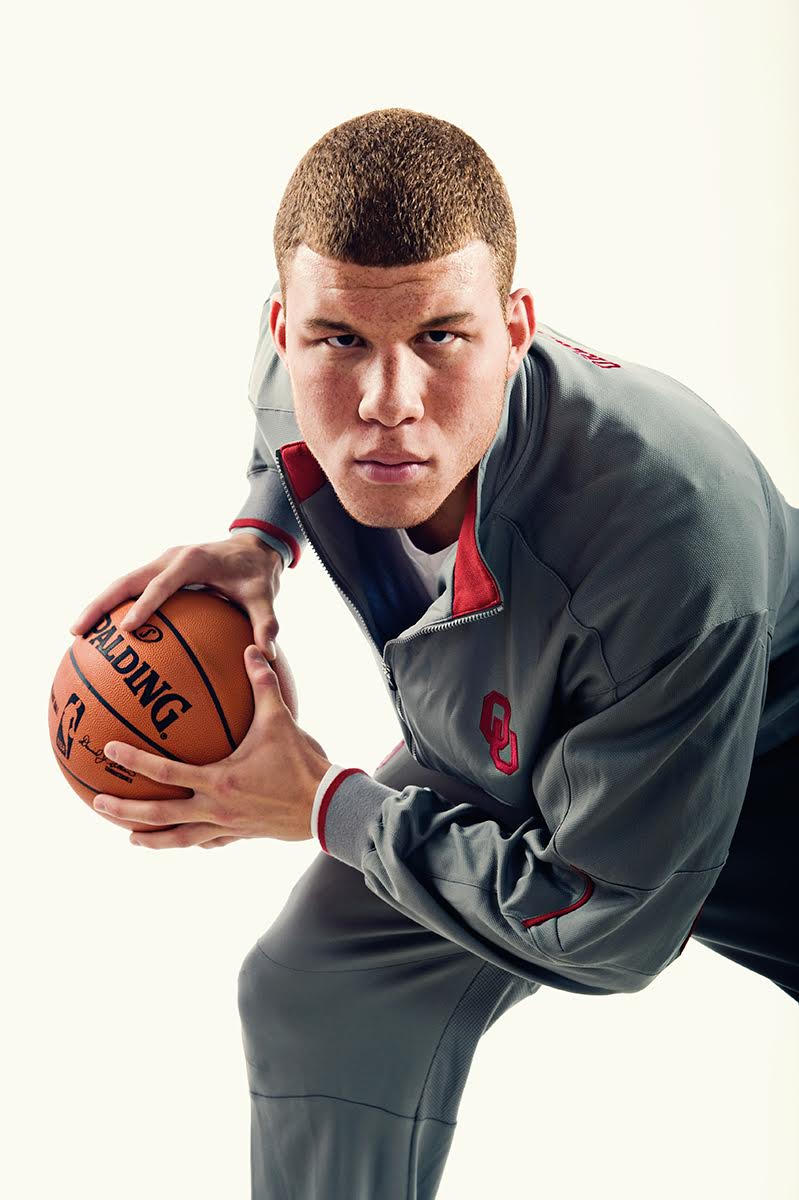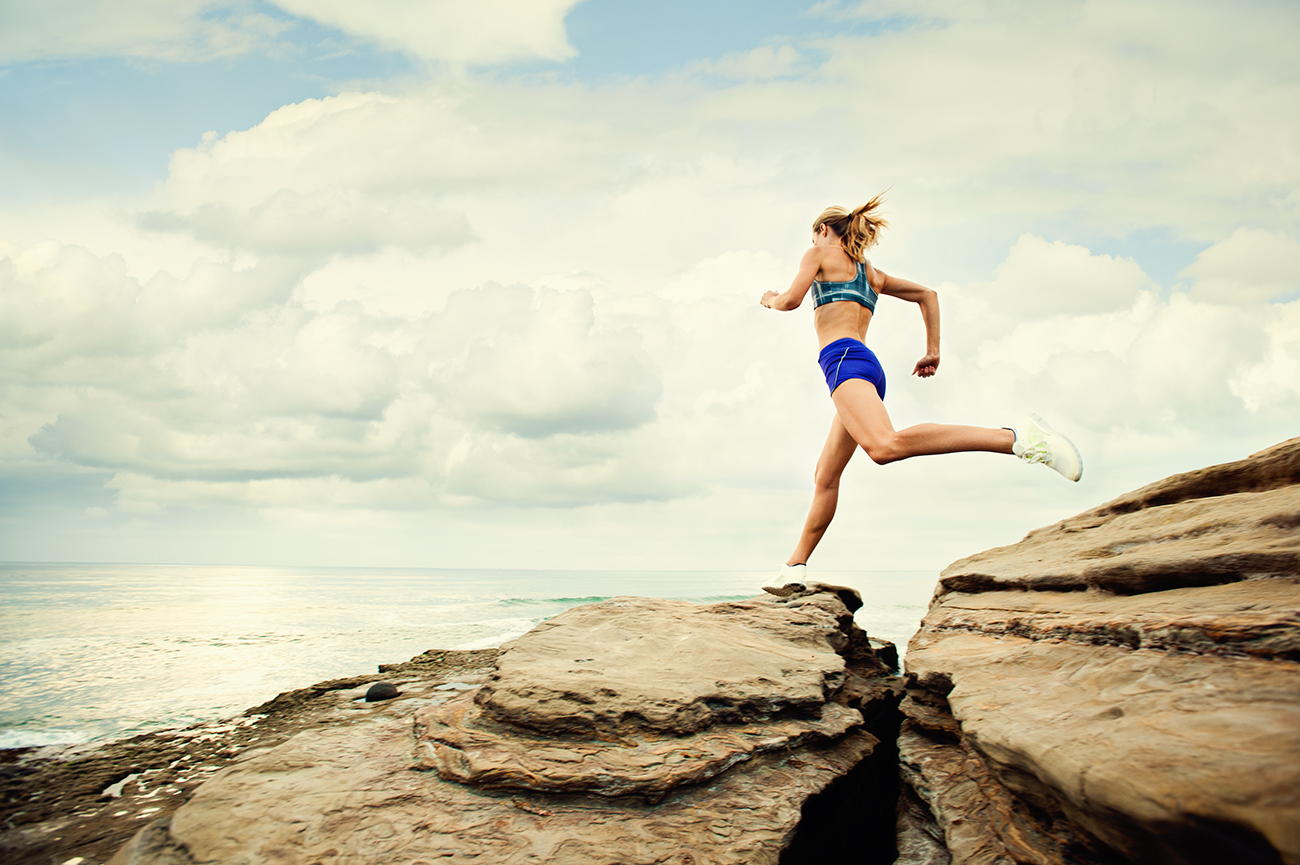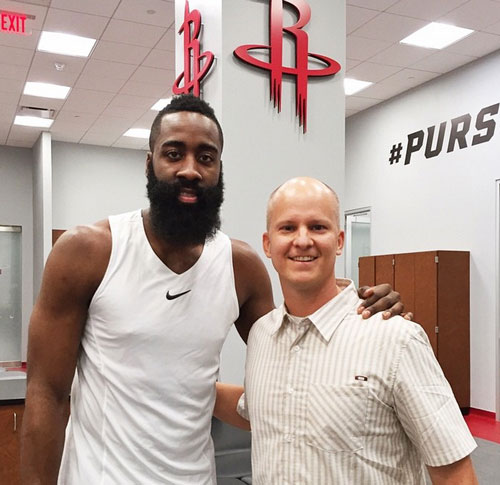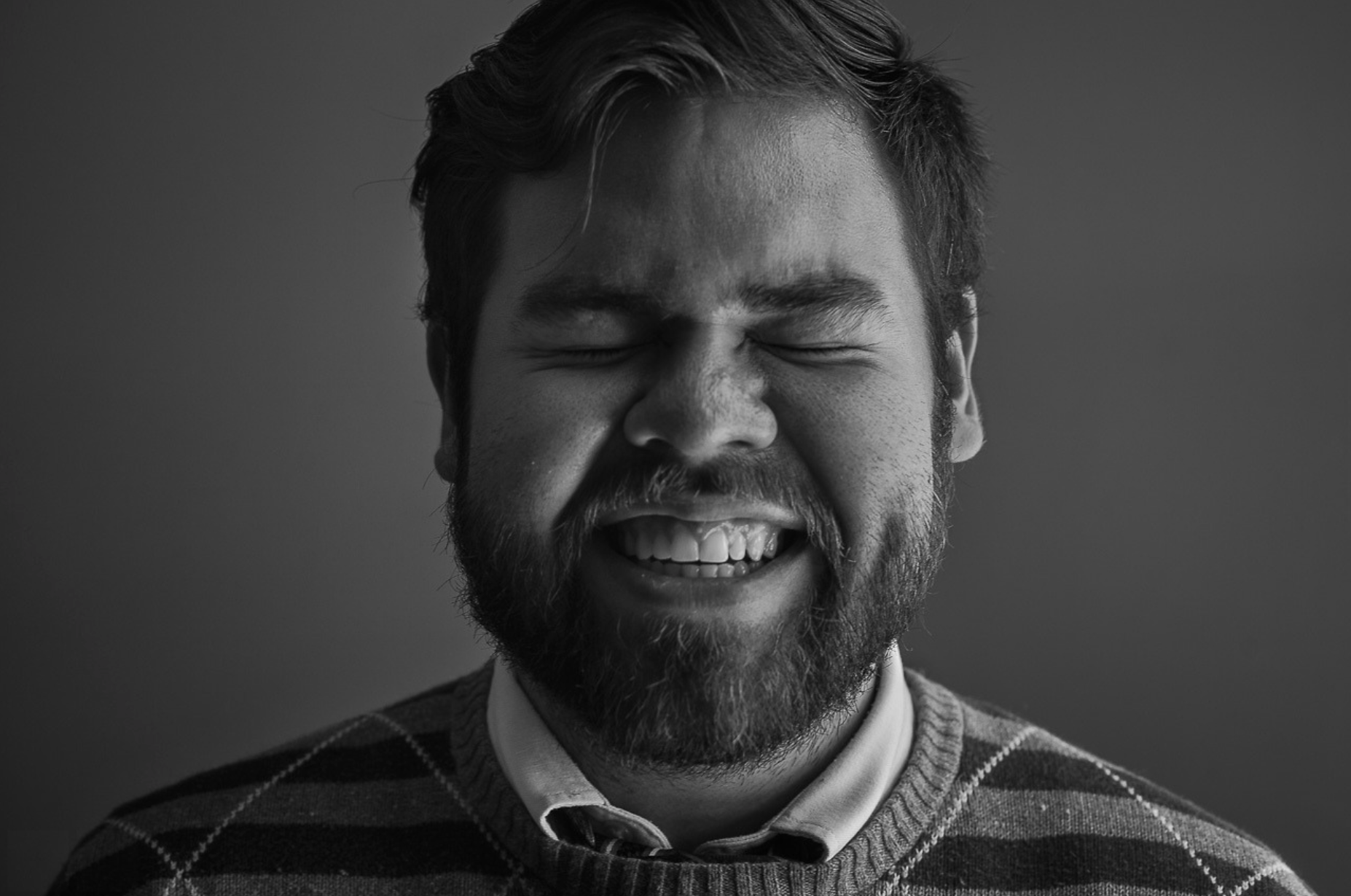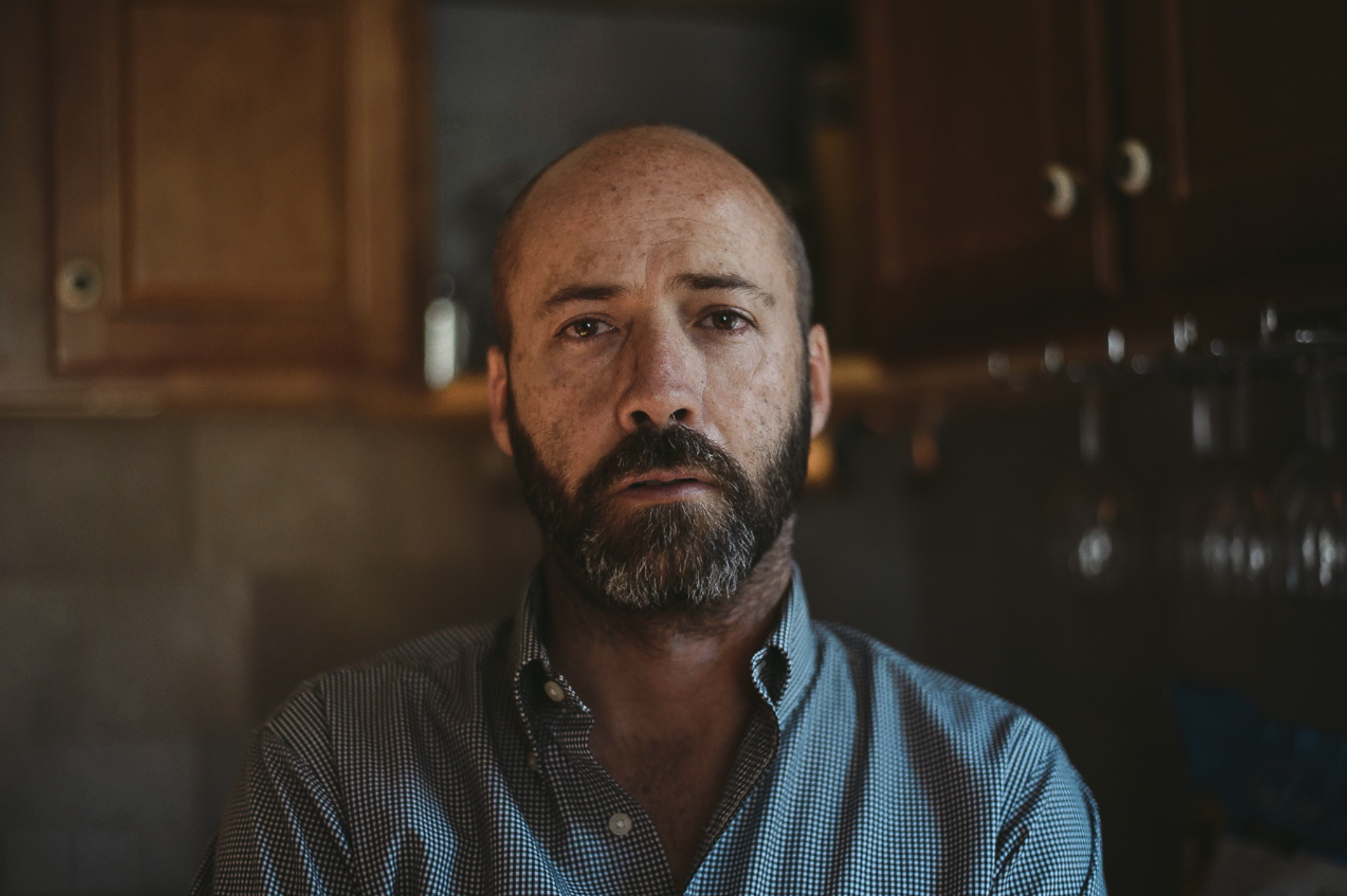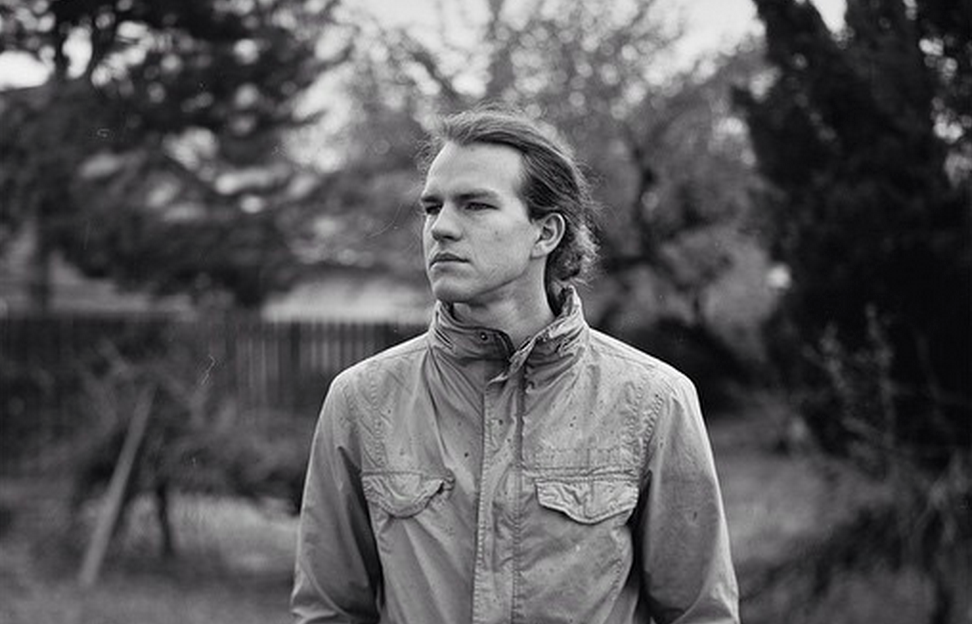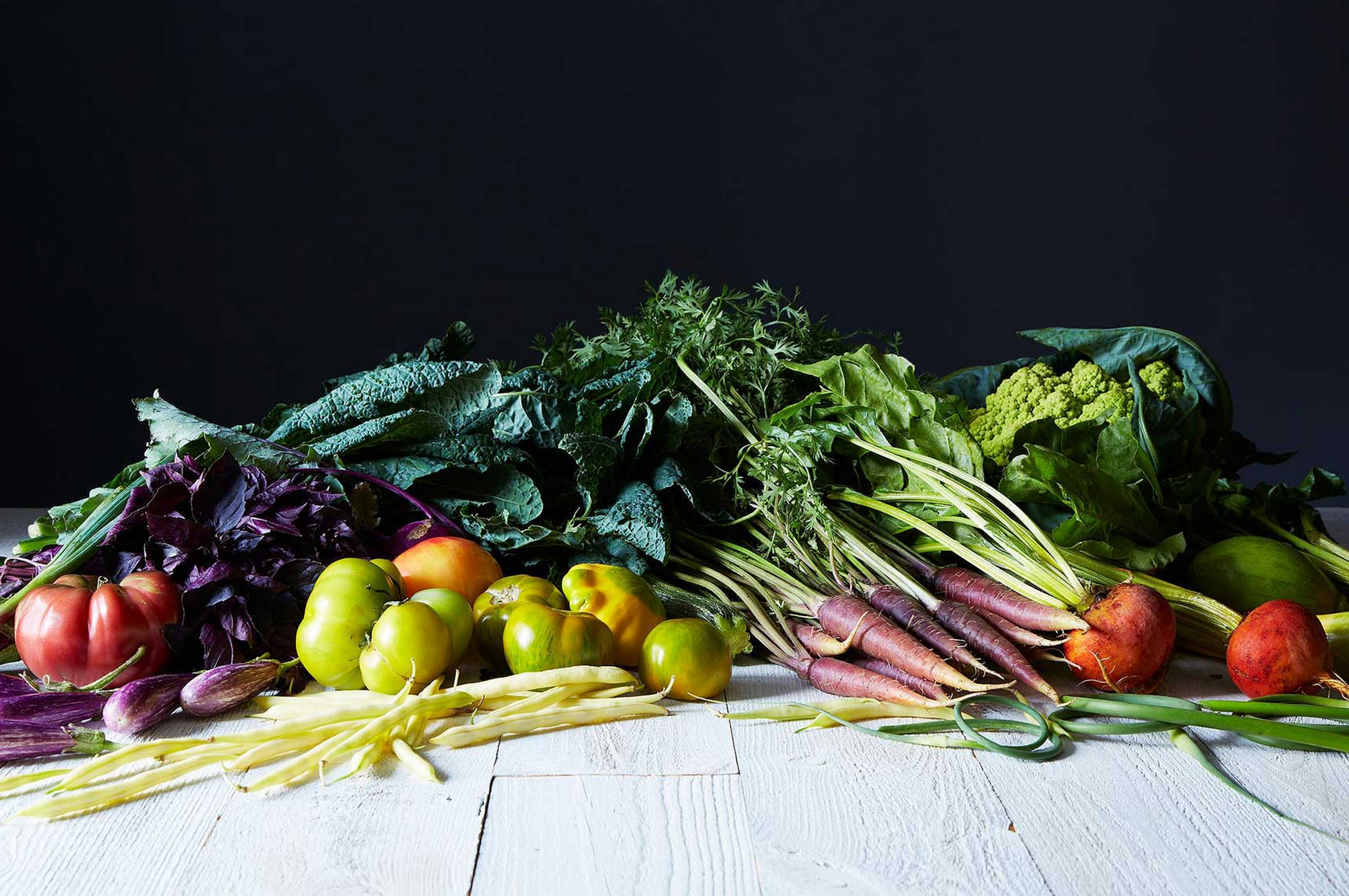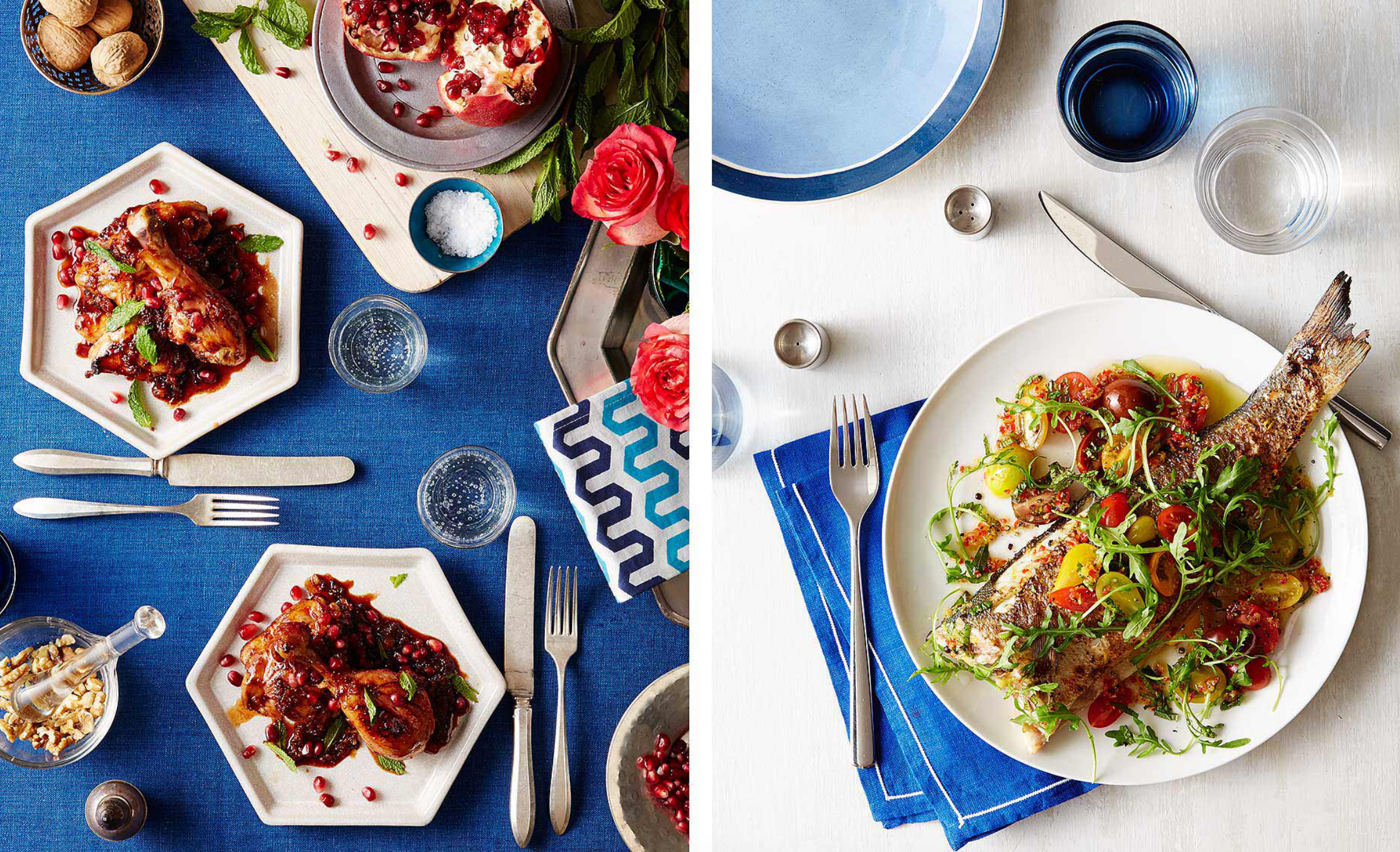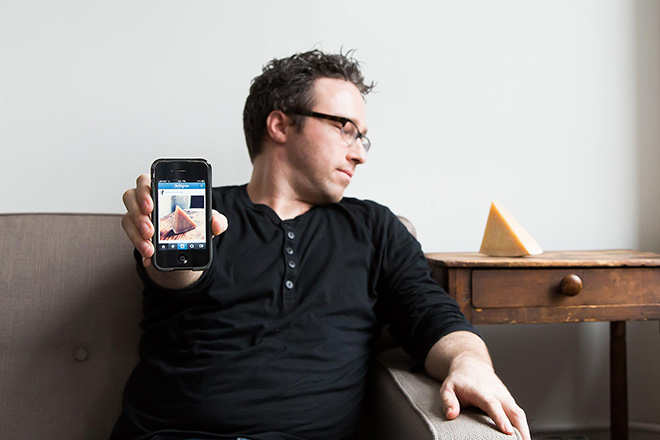Melanie Mauer is a professional photographer with a unique talent for weddings. As Mauer says, “Photographers tend to focus on their favorite subject, whether it be vast landscapes or action-filled sporting events. I concentrate on what I find most beautiful – people and their loving relationships with one another.” Her work has been featured in Martha Stewart Weddings, Southern Weddings, and The Washington Post. She is from my hometown of Lexington, Kentucky and manages to make one of the most beautiful cities in America even more picturesque with her camera.
How did you get started with photography? Photography came as an answer to prayer – I’d written down what I hoped for my work to be (creative yet technical, flexible to accommodate family life) and the options as I saw them. I sought the Lord’s input and it became crystal clear. After that prayer and entering the fine art program at my college, I learned that my grandfather was a photographer and my great grandfather was also a photographer. We didn’t live close to my grandfather and I knew him as a retired business owner but it somehow feels woven on my DNA.
As a Mormon shooting elaborate Gentile weddings in the land of tobacco and bourbon, what sorts of thoughts come to mind about marriage and weddings? Don’t leave out the betting on race horses! I’ve had interns come from BYU-Idaho and it’s been a little startling to them! Because I photograph emotional moments, I’m looking for connection/commonality – and there’s buckets of it beneath the surface. I live in a region where love for family is exhibited through action. People stay near their families in the so many cases – also, only my immediate family is LDS so even within my family there’s a range of devotion to various religions.
Weddings (as well as births and deaths) are amplifiers – they bring emotions to the surface that stay tucked just underneath on most days. That amplified love is a rich experience to be surrounded with. I can’t remember a wedding where my own eyes didn’t well up because of a beautiful exchange. I’m also the sort that becomes transfixed by great art. Art is often in imitation of life and I see that unfolding right in front of me. Weddings are such an iconic time – it’s an intimate thing to share it beside a couple. And I see how good marriage is over and over again and love being with them again as their family grows.
How do you prepare? What do you bring? How much do you plan versus taking what comes? I love to prepare. Even if it’s for a trip, I’ll plan out stops for good food, places to visit based on recommendations from friends and even do quirky things like search hashtags on Instagram so I get a sense of what I’ll see.
Over the years, I’ve made note of all the questions I have with regard to a wedding and that goes out to a bride a few months before their day. We also formulate a schedule so everyone being photographed knows when and where we need them so it can run as smooth as silk and be super efficient. I catch up via phone a couple weeks ahead of time with my client and then let that great plan we’ve worked on play out. That said, it’s a frame work…we know we’ll create an image of the bride and her mom but within that plan I have lots of latitude.
I bring the expected gear (a variety of lenses, lots of batteries, a large reflector and scrim to modify light) as well as back-ups – and some less usual things like a handkerchief for the groom in case he gets hot and needs to wipe a brow, sporks for my assistant and me because we may get a plate of dinner but not get silverware until 15 minutes later and there’s not much time to eat, vintage stamps that may play well with their invitation…lots of random things that stay organized in a tiered container in my trunk.
What’s your favorite wedding story? Weddings are rife with great stories so that question is more difficult than you might imagine. Immediately, I think of so many. Four years ago, I was concerned about a particular wedding because the grooms’ mother passed away just weeks beforehand. I knew the family would still be in the throws of grieving and yet, while the air became thick with emotion when she was mentioned, the family was so ready for a happy occasion and the chance to celebrate.
The bride decided not to dance with her father in the typical father daughter dance and said she knew she’d dance with her dad many times that evening – but instead she sang to him and the entire tent was in tears because it was SO good. Her venue was their family farm that had been sold many generations ago by an uncle who wanted to travel the world and her grandfather would check in with the owners and say “If you are ever ready to sell this property, please sell it back to our family.” And they did about a year before her wedding. It’s like driving into a painting it’s so beautiful there.
Visit Melanie Mauer’s website.
Follow Melanie Mauer on Instagram.


